Samsung has released its newest mid-range phone called the Galaxy A71, a 6.7-inch phone with a quad-camera setup at the back. Find out how it fares in this review.
Made available in the country last February, this device also features a Snapdragon chip, 128GB of storage, and a dedicated storage expansion via microSD card. It’s also one of the first of Samsung’s 2020 A-series phones to be released in the country.

Samsung Galaxy A71 key specs:
- 6.7-inch Full HD+ Super AMOLED Plus Infinity-O display, 2400 x 1080 px
- 2.2GHz octa-core Qualcomm Snapdragon 730G
- 8GB RAM
- 128GB storage, with expansion via microSD up to 512GB (dedicated)
- Quad rear cameras:
64MP f/1.8 main
12MP f/2.2 ultra-wide
5MP f/2.2 depth
5MP f/2.4 macro - 32MP f/2.2 front camera
- under-display fingerprint scanner
- Samsung Bixby
- Samsung One UI 2 (Android 10)
- 4,500mAh battery
25W Super-Fast Charging - Colors: Prism Crush Blue, Prism Crush Black, Prism Crush Silver
An all-familiar design
Samsung did not make many alterations to the A71’s already-familiar design. The most notable change of all is perhaps its display — the phone now sports an Infinity-O display akin to the Galaxy Note10 or S20 series. There’s also the 32-megapixel front camera up atop and the in-display fingerprint sensor at the bottom.

The left side houses the card tray, with slots for two nano SIM cards and a microSD card.

At the right side, we have the volume buttons and the power/lock button. they feel nice to the touch and are easily reachable when using either hand.

At the bottom part is the USB Type-C port, the 3.5mm audio jack, the microphone, and the bottom-firing loudspeaker. There’s also another microphone up atop for noise cancellation.

Once you flip the device to its back, we have the trademark glasstic back plate with an angular refraction design. The four rear cameras and the are all housed at the upper left button. There’s a Samsung logo here as well, but it’s very subtle to the visuals as it hides neatly behind the design.

The A71, despite being a very familiar-looking phone, is stunning in its own right. The phone is easy to hold, but it feels slippery especially without any phone protection on. It’s great when held and used even by one hand, and is light enough for prolonged use.
Crisp and somewhat clear
Samsung put in a Full HD+ resolution-equipped Super AMOLED Plus display in here, amassing a huge 6.7 inches and covers around 87% of the front part. Its 393ppi density makes it good enough to be sharp enough for daily browsing and multimedia viewing.
The display in itself is really good. Its brightness is also noticeable — you can see the phone clearly and without much glare in daylight, while it adjusts itself to be dim enough when in dark places. Its colors are well-repoduced, great viewing angles, and the contrast is top-notch.

The loudspeaker is loud enough to be heard in a medium-sized room, but it’s just okay for everyday use. I mean, you don’t get much oomph in the bass, but it’s decent enough to be an everyday speaker for multimedia content. Its 3.5mm jack produces great audio comparable to flagship-level phone tuning.
Nice cameras, but…
Samsung retained the phone’s 32-megapixel front camera, but the main difference lies in not three, but now four rear cameras — a 64-megapixel with f/1.8 low-light capability, a 12-megapixel ultra-wide, and a pair of 5MP shooters for depth and macro. The phone’s camera software offers different modes such as night, panorama, macro, and Live Focus.

When in great conditions, the cameras produce decent to good images that are worthy of social media sharing with decent dynamic range and great sharpness and colors. The macro camera, however, is far from decent. One of my key concerns is how slow the cameras are when focusing on fast-moving subjects, as it tends to find a subject to capture for 2-3 seconds before finally capturing. Here are some sample shots:
Samsung can record up to 4K UHD with the rear cameras, but it downgrades to Full HD when you use the Super Steady mode on its video capturing. The feature which makes clips smooth and un-shaky. Colors and details are still great. Here’s a sample clip:
Samsung’s OneUI is a simple treat
The A71 features OneUI 2.0 based on Android 10 on board, and boy did I not hate it. I love it. The actual idea of modifying the OS structure to be more suitable for one-hand use on the get-go made the experience better.

But what comes with such power are quite a number of pre-installed apps. Aside from those in Samsung’s ecosystem, there’s a suite of Microsoft apps and Spotify, which you can un-tick and not install upon launch. Since the phone relies on Google services, too, the phone has a lot of these installed and are not removable, but can be disabled. There’s around 106GB of space left for your apps and other media.
Performance -wise, the phone does a great job with gaming and multitasking activities. The phone warms up at the top-rear when intensive tasks are performed, but not so much to that point that it can’t be held anymore. When gaming, we find minimal stutters on intensive titles such as Asphalt 9. Here are its benchmarks:
- AnTuTu – 276,364
- 3DMark – 2,478 (SlingShot Extreme OpenGL 3.0), 2,269 (SlingShot Extreme Vulkan)
- PCMark – 7,680 (Work 2.0)
- GeekBench – 552 (Single-Core), 1,740 (Multi-core), 927 (Compute)
Decent battery life for a mid-ranger
Connectivity-wise. this phone has it. WiFi is really great, the Bluetooth connection is on point, and GPS is quite accurate. The in-display fingerprint sensor scans your fingers fast enough for unlocking. Face unlock is also great.
For a mid-range phone with such hardware, we’re expecting less juice coming out of its 4,500mAh battery. Samsung, though, offers an extensive array of power options through its settings menu to get you more hours of power — from restricting background apps to reducing functionalities that leaves only the most essentials.
Our life on normal usage with the default settings clocked at around 20 hours. PCMark’s Battery Test showed that the phone scored 11 hours and 18 minutes, which isn’t that bad for a phone. There’s also fast charging included, and that also eases up battery worries as recharging takes only 1 hour and 15 minutes from 0 to 100.



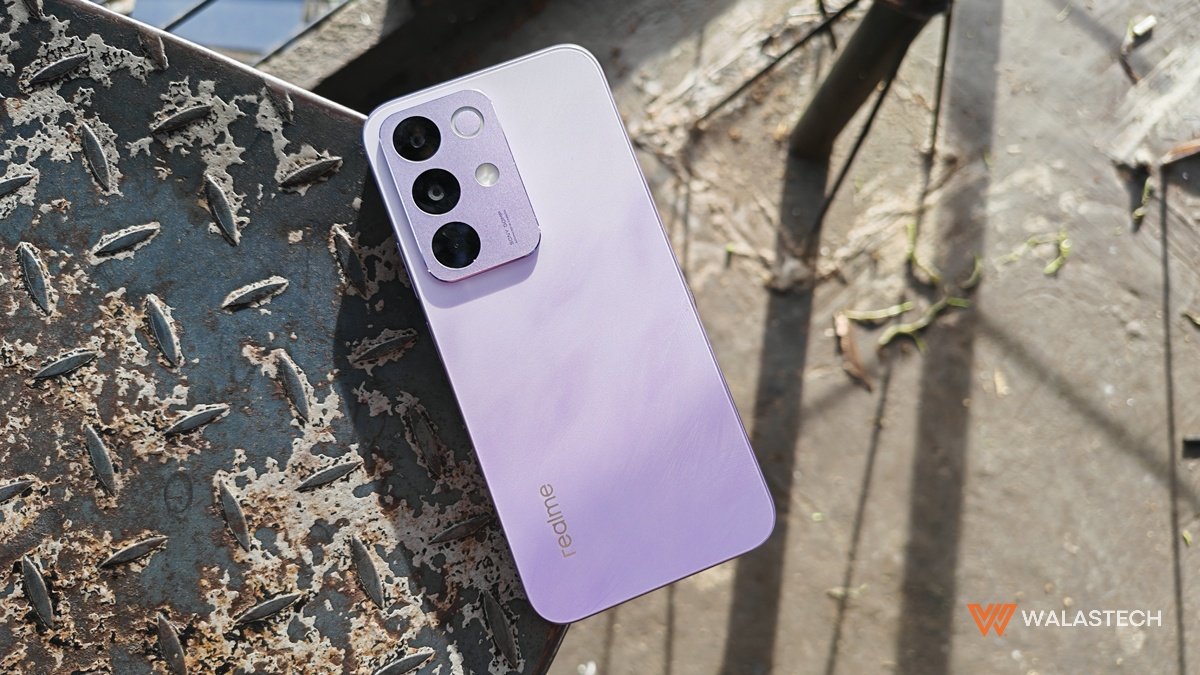


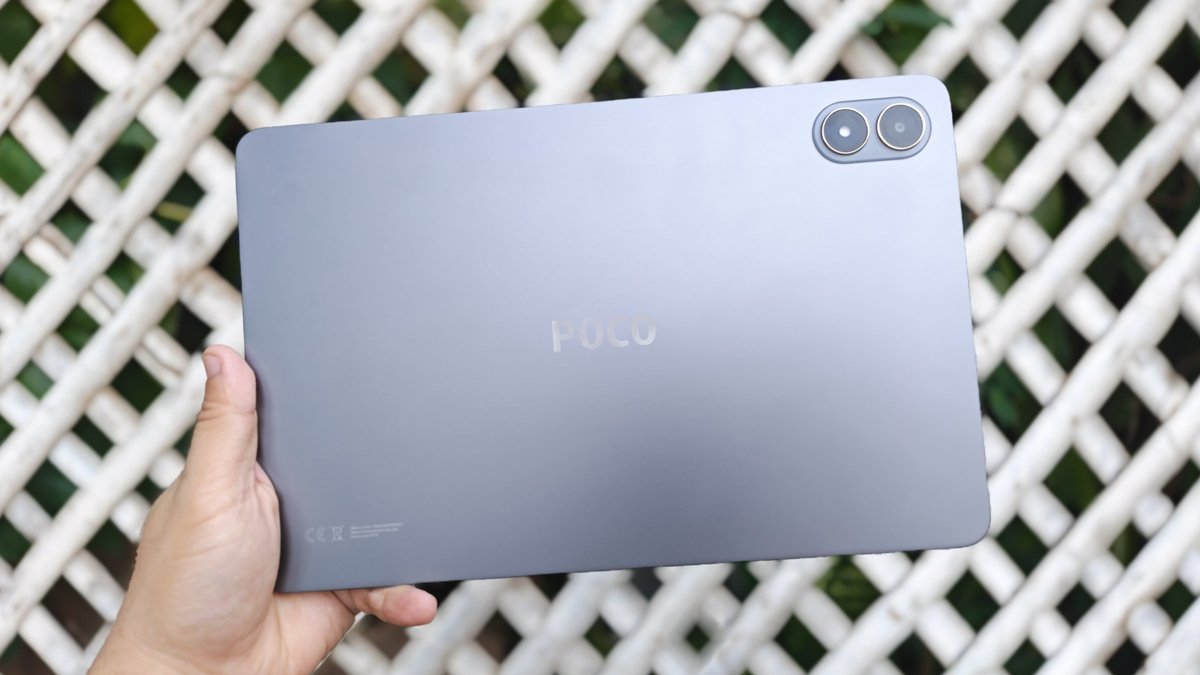
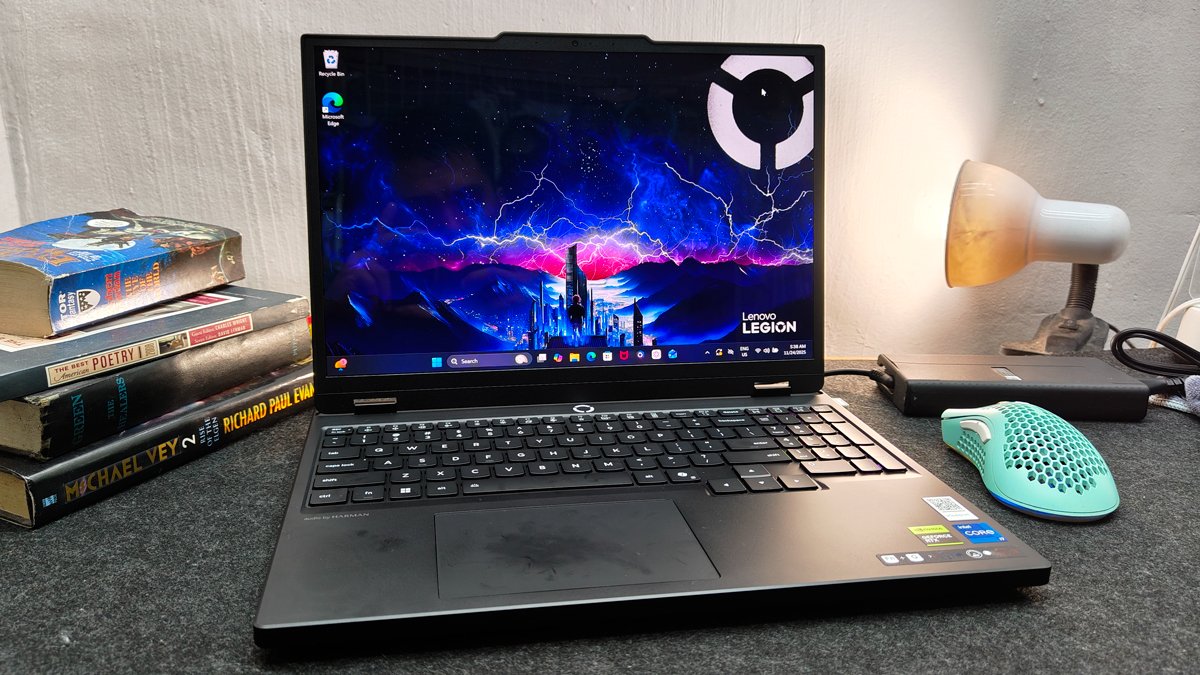
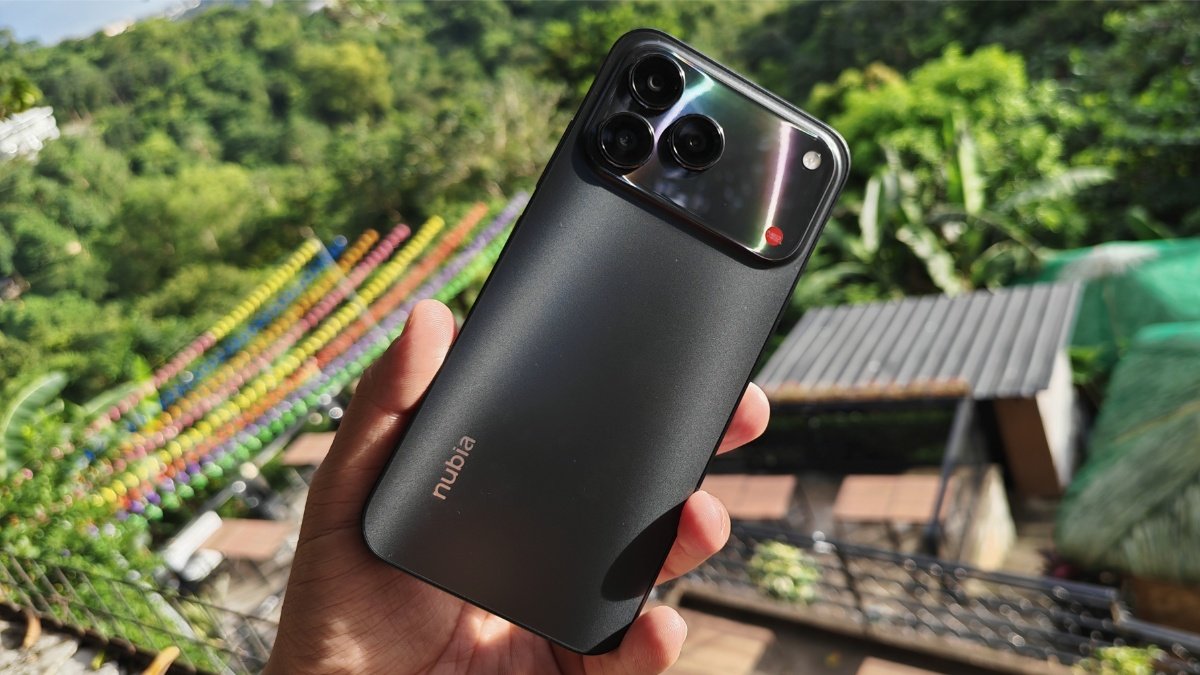
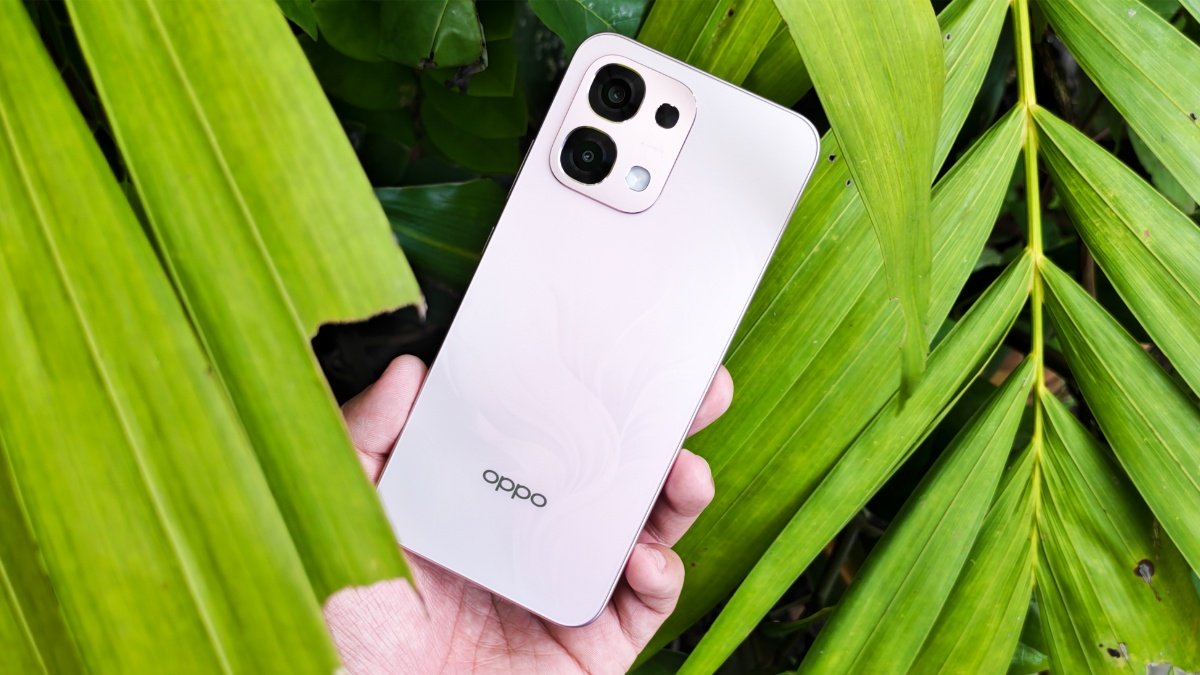




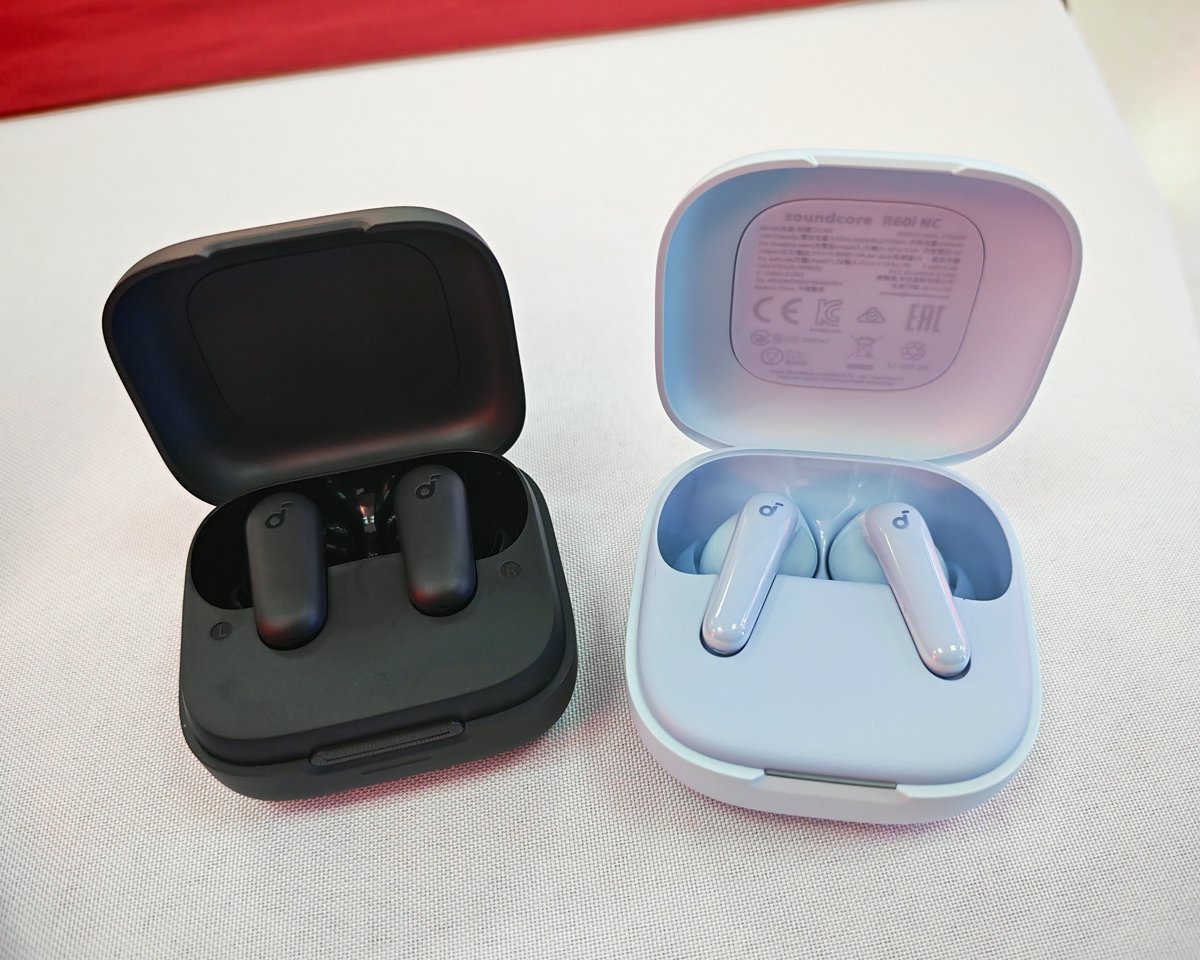


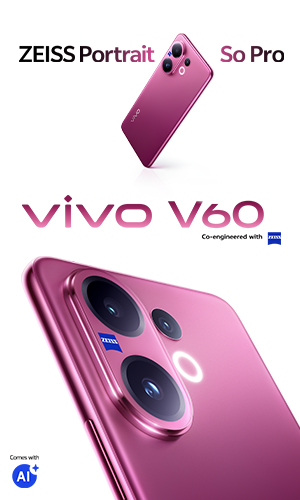
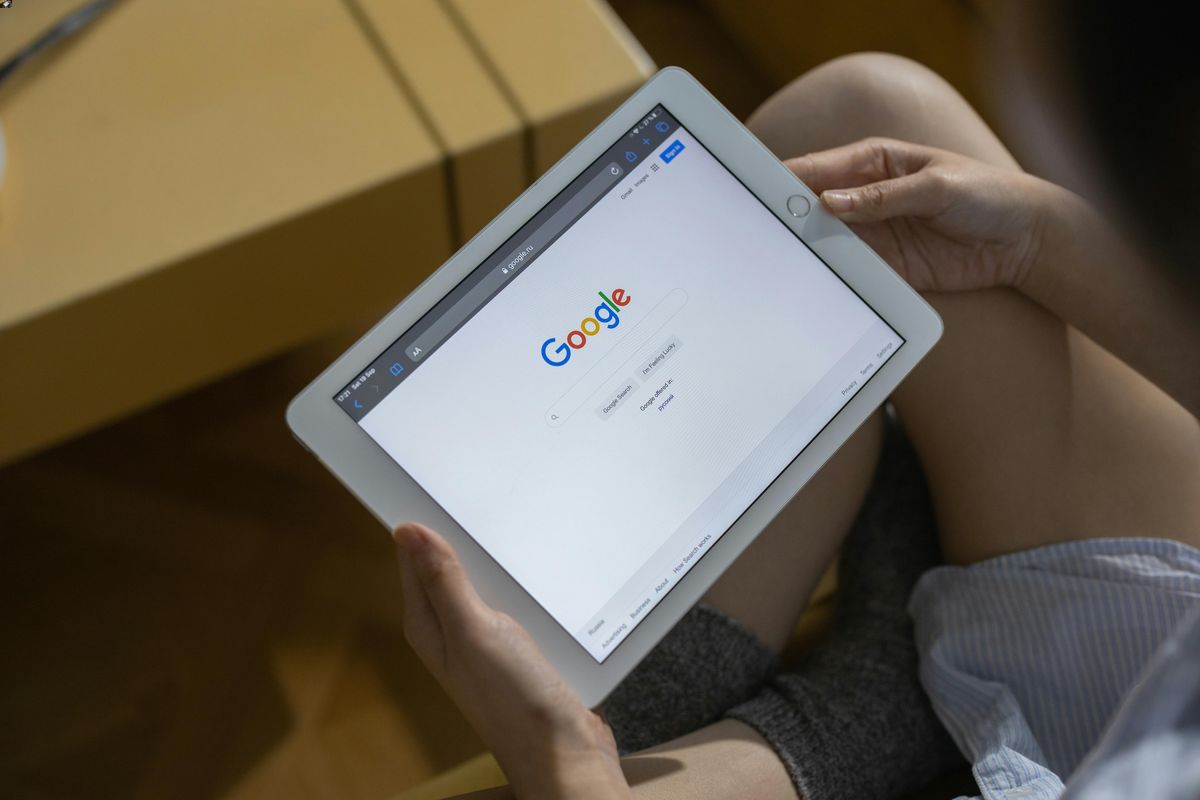

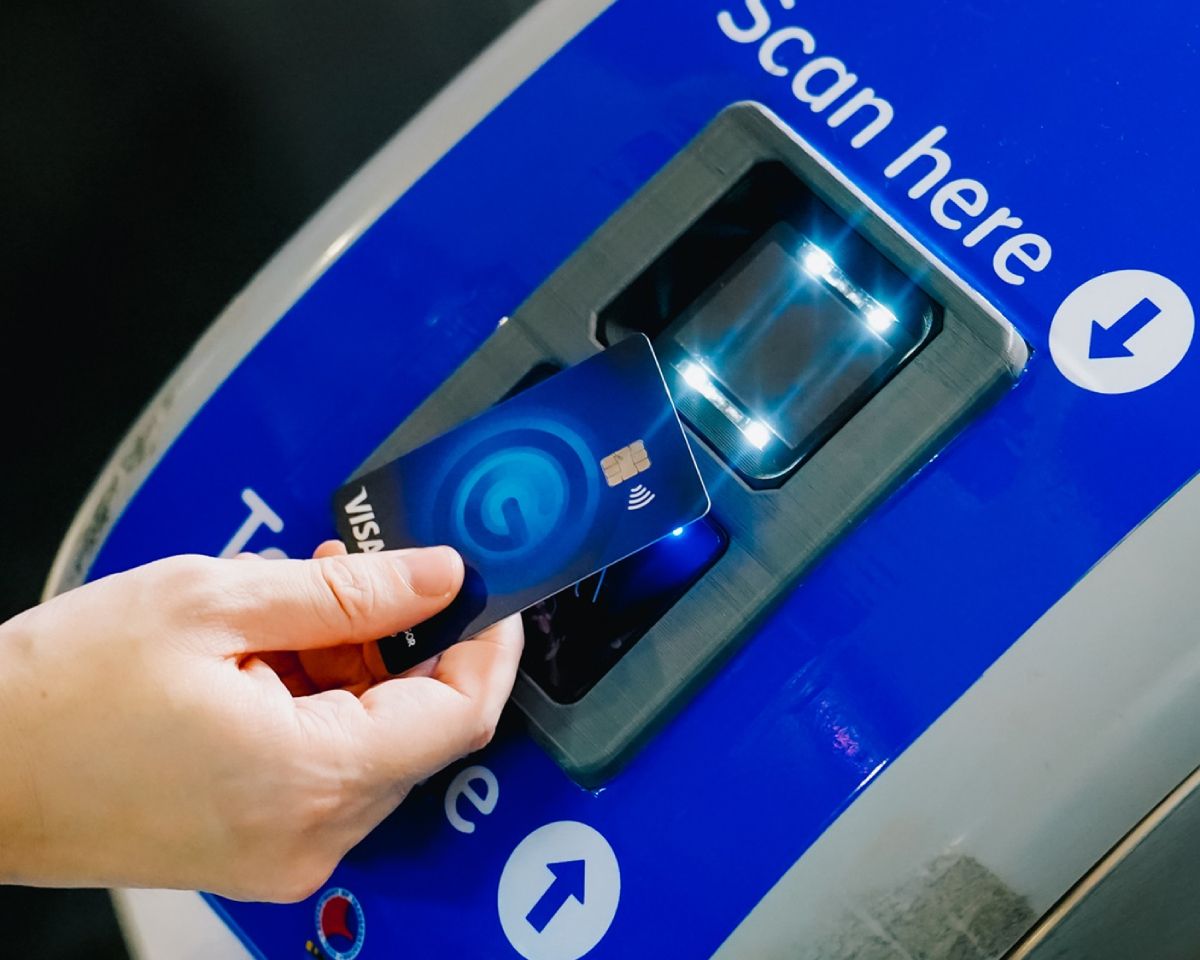
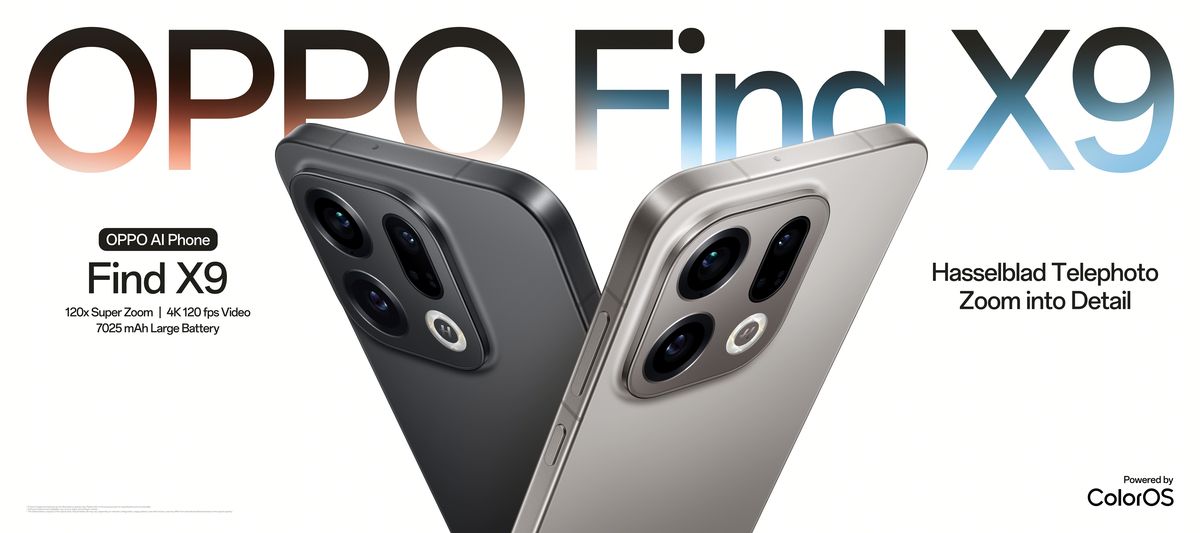

Leave a Reply